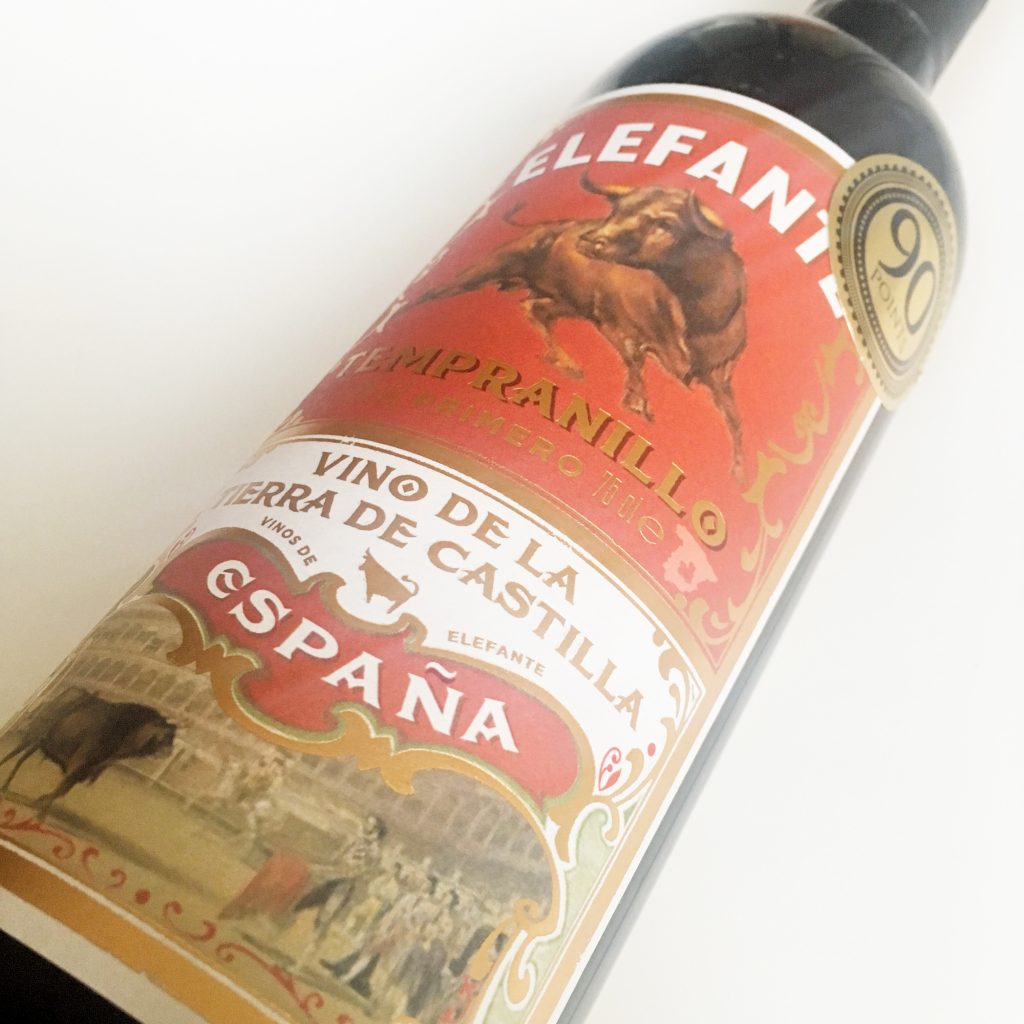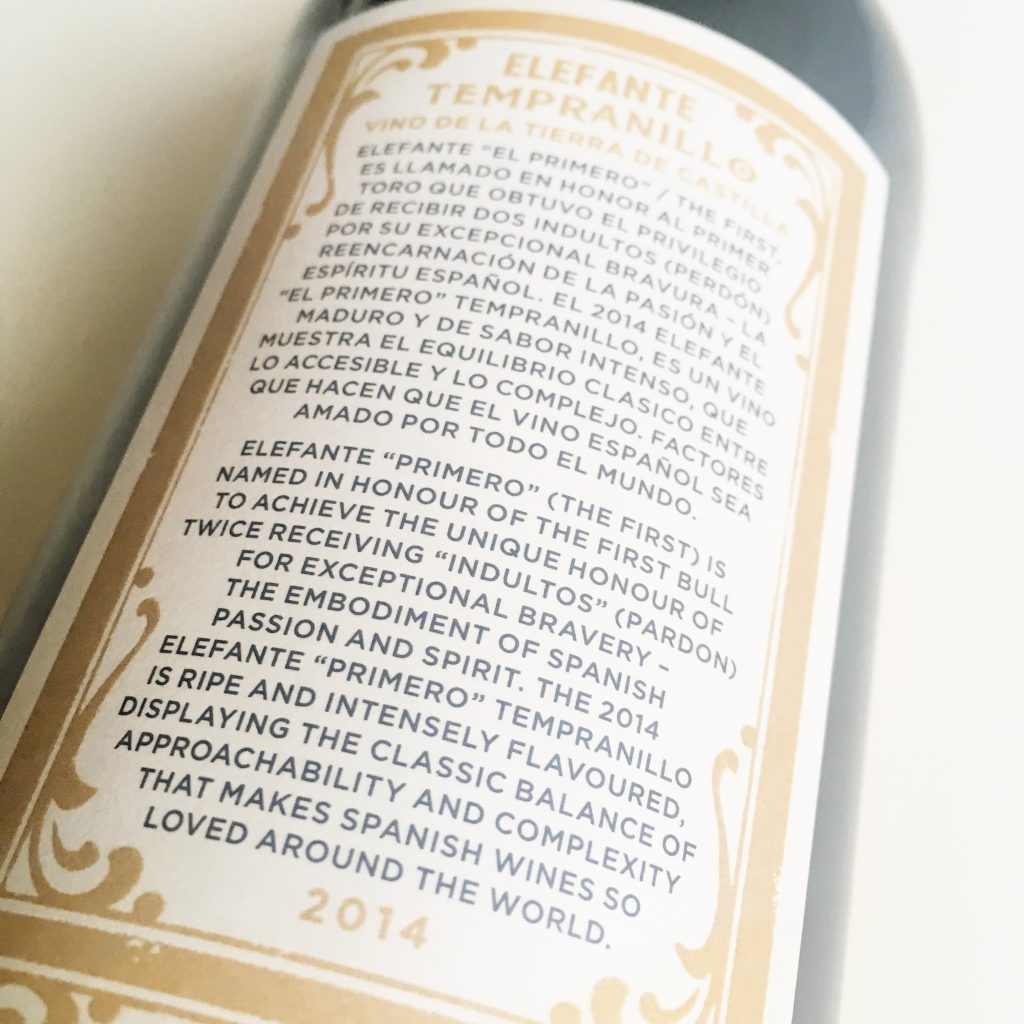Spanish wine doesn’t have a very large footprint in your local liquor store. If you wander the Old World/European section, you’re going to spot France and Italy first. And much like those two countries, Spain also has its own labelling laws and classification system – which is why it’s so important to learn how to read labels. So here’s Spanish wine in a nutshell: the classification indicates the amount of aging that the wine has undergone. Take a quick look at this infographic pertaining to wines from the Rioja region, thanks to Wine Folly.

If you come across a Spanish bottle of wine that doesn’t have these designations, or similar, you’ve likely happened upon a ‘new world Spanish wine’. It’s a sub culture of Spanish wine being made outside of designation laws. Risky to drink? Not at all. Fun to explore? Absolutely!
Now, what is Spanish wine?
Well, the most popular native grape in the region is Garnacha (or Grenache as it’s known is some parts of the world). However, Tempranillo is also a heavy hitter in Spain and a personal fave. If you search BCLiquorStores.com – you’ll find 119 Spanish red wines versus only 15 white wines. This is a telling sign that red wine is their specialty and you can rarely go wrong. Of the 174 Spanish products total, over 70% are under $30 indicating that this is a country producing some stellar value wines!
Let’s pick a wine, shall we?
So, I asked my husband to pick up a bottle for us to try. I didn’t give him many guidelines, just to choose a Spanish red. In the end, he chose the CASTILLA TEMPRANILLO – ELEFANTE PRIMERO because it had an image of a bull on it.

Let’s break it down:
– Castilla (the region in Central Spain)
– Tempranillo (the grape, which my husband knows I love)
– Elefante Primero (the name of the wine – check out the back label for the meaning)

Now to be clear, the wine doesn’t have any classification or aging indication which basically means there were few rules the winemaker had to follow when creating it.
Tell me what it tastes like…
It’s got a GORGEOUS purple colour, my photos don’t do it justice. It’s incredibly smooth. When I took a sip, it was like putting a handful of blueberries, raspberries and blackberries into my mouth at once and then biting slowly to burst them all and letting the juices flow. YUM! The depth of tannins a touch of spice on the finish rounded out the flavour. It’s got fantastic balance. Gosh, I love Tempranillo! The most exciting part is, this bottle is only $14.99 – I might have to get my husband to pick out the wine more often!


